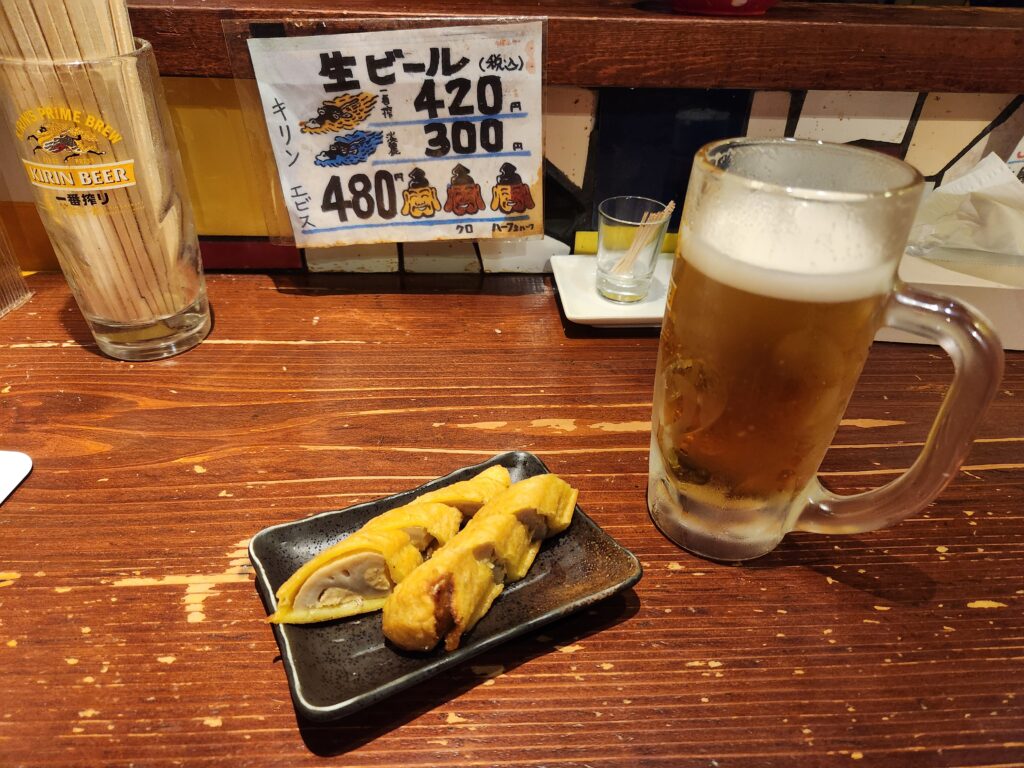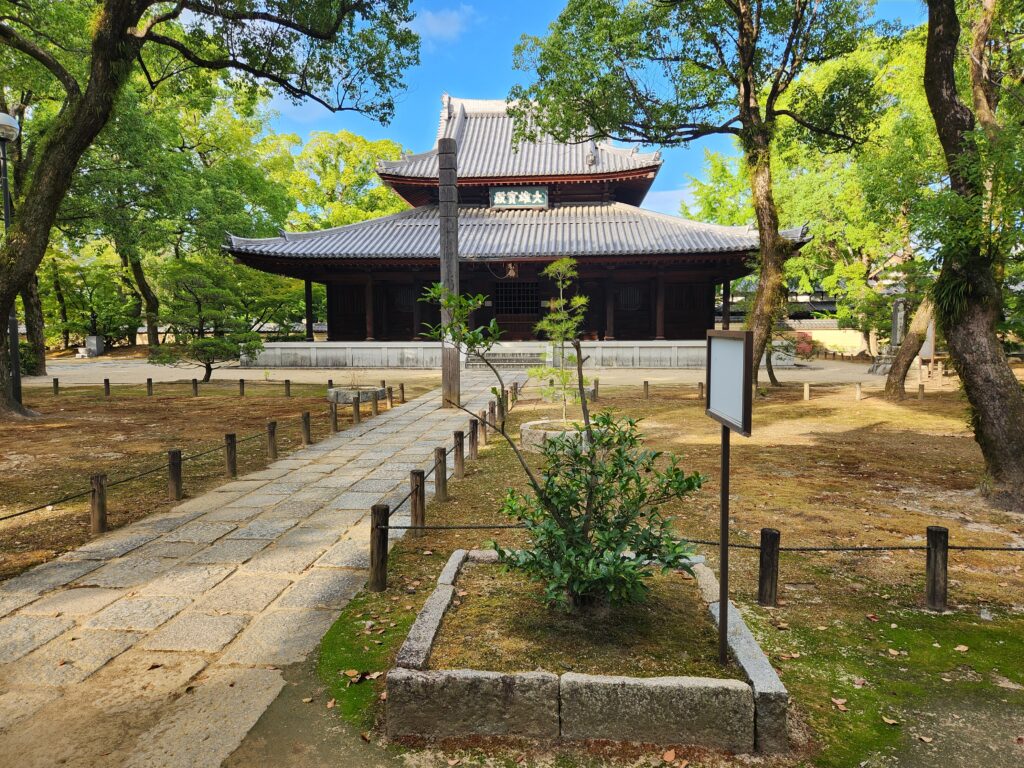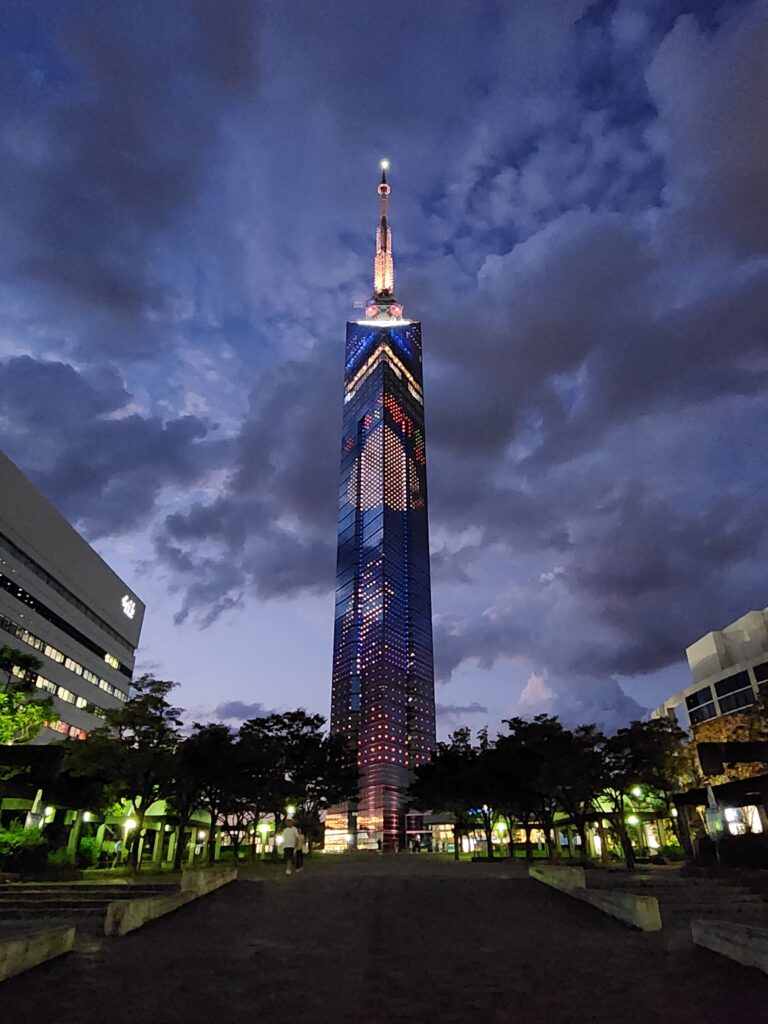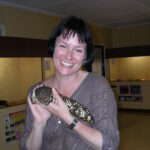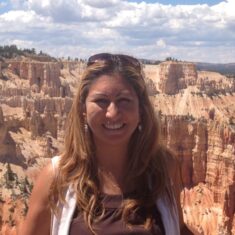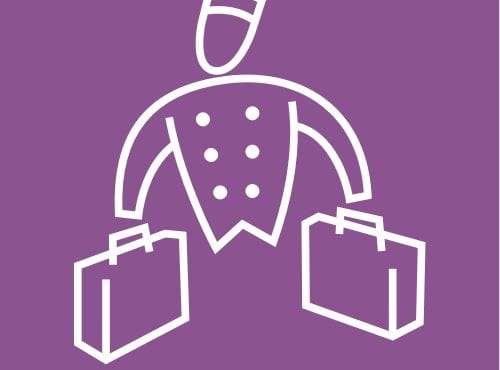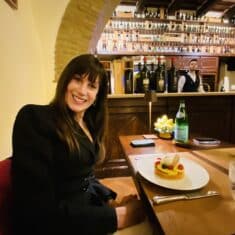Unveiling the Lesser Known Secrets of Kyushu, Japan
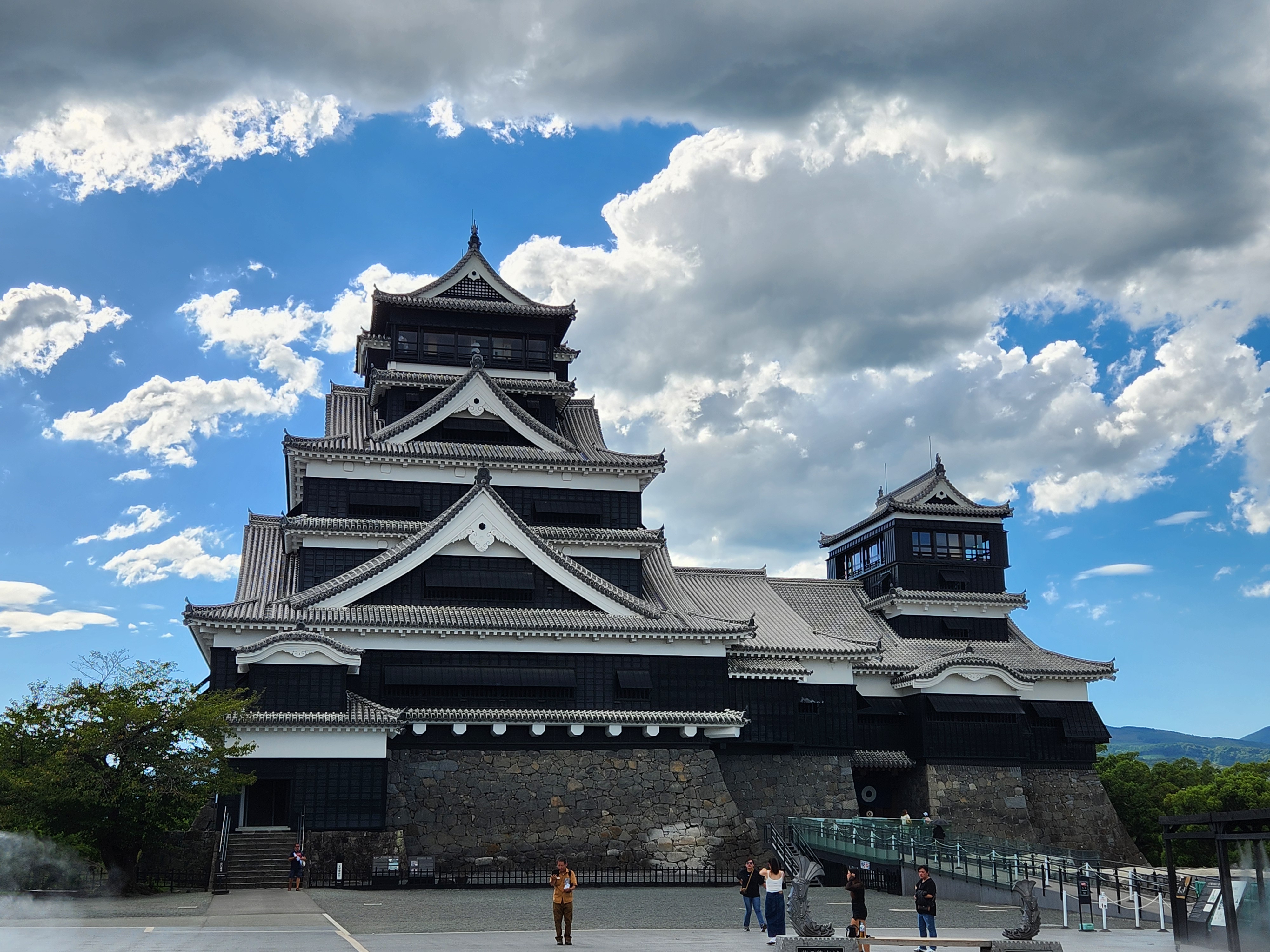
Tokyo and Kyoto are way too inundated with tourists, but like an amusement park, timing is key. If I could steer clients away from Kyoto
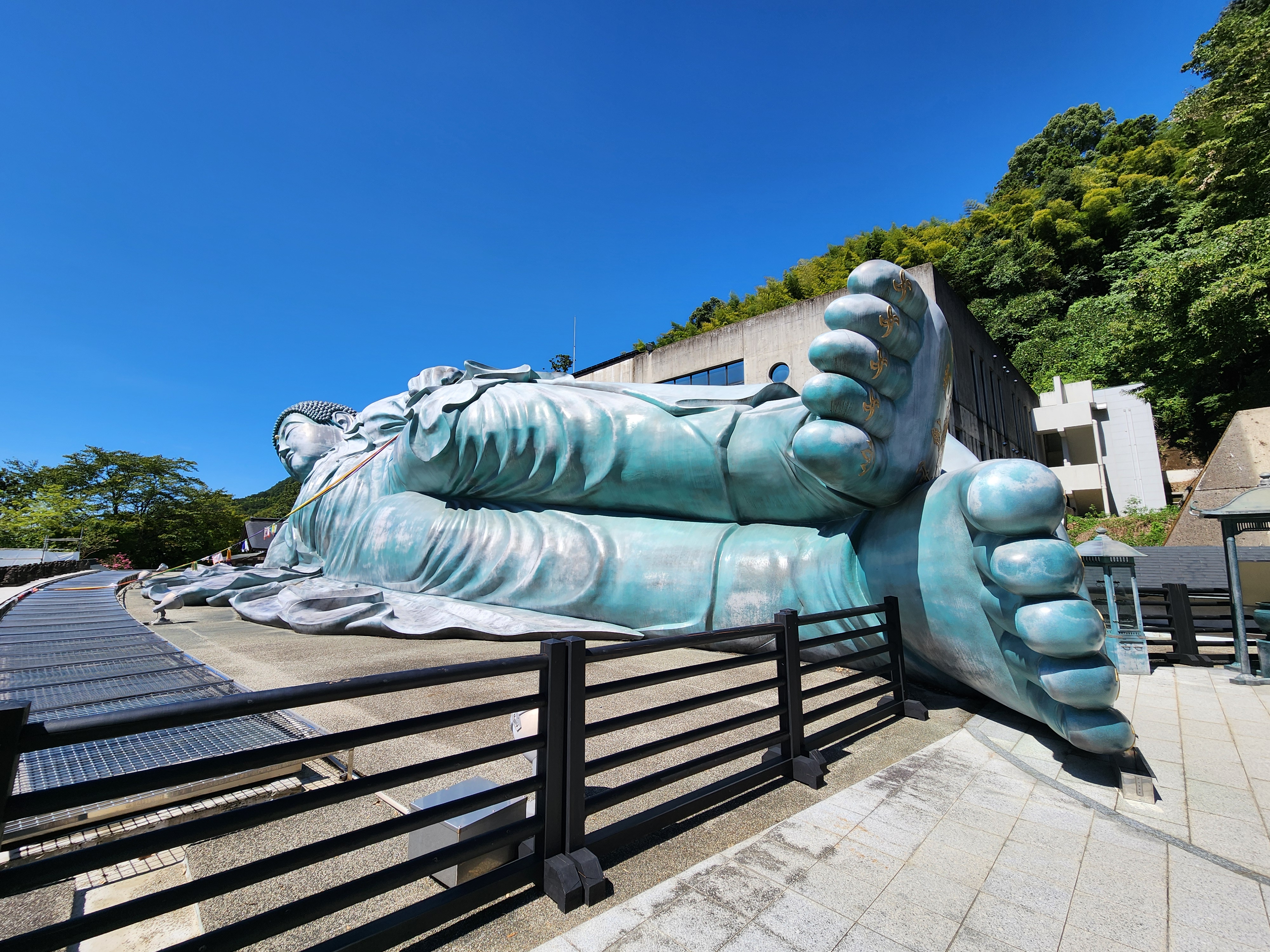
completely, I would, but I do understand the appeal, as well as the rich history. However, there is more to Japan than just those two cities. I have a ton of off-the-beaten path ideas for Japan, but most recently, I spent some time on Kyushu, the easternmost of the four main islands. I only saw about 10-20 people who were obvious tourists the whole time I was there, so I really felt like I was in Japan and not a “Japan-town” in San Francisco or Los Angeles. It was a short trip, so I only spent time in three places:
Fukuoka – The capitol of Kyushu. Famous for mentaiko (spicy fish roe), gomasaba (mackerel with sesame), ramen, and yotai, which are food stalls set up in the evening with all kinds of street foods and are lively and fun. Sights: Shofukuji, a peaceful temple (temples are Buddhist, shrines are Shinto) with Japan’s original tea tree, brought from China in 1191, and from which all other tea trees in Japan were cultivated. Also recommend: Tochoji Temple and its lovely 5-tier pagoda, Fukuoka tower for sunset and to see it lit up when you leave, Ohori Park, and Fukuoka Castle ruins. Outside Fukuoka, visit Dazaifu Tenmangu, a shrine devoted to the god of learning, and get various snacks along the way. There’s also a uniquely designed Starbucks, though I recommend Japanese coffee instead. Also visit Nanzoin Temple, where you can see a 41-meter-long reclining Buddha (the largest bronze statue in the world) and 4,000 nokotsudo (cremains storage).
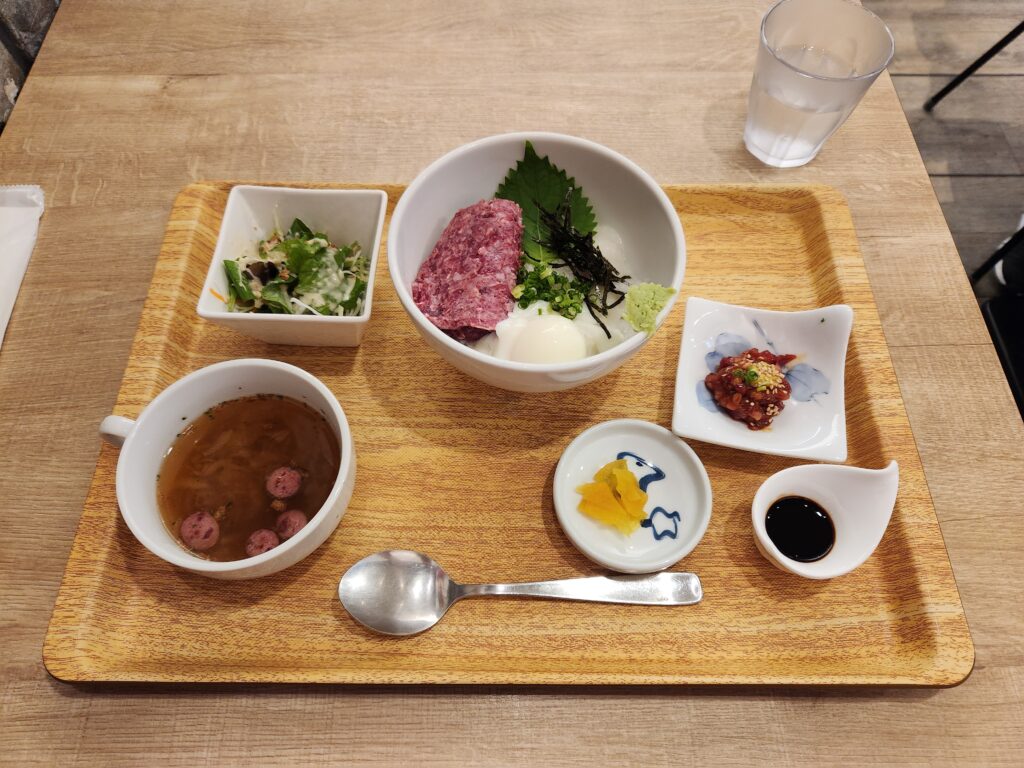
Kumamoto – Famous for horse meat (seriously, it just tastes like beef!) and karashi renkon (fried lotus root with mustard and turmeric). Kumamoto Castle is the main attraction here. Originally completed in 1607, it’s been the victim of many fires and earthquakes over the years. Restoration after the 2016 earthquake was completed in 2021, but you can still see a lot of damage in the area that hasn’t been repaired yet. The museum is only in Japanese so will only take about 5-10 minutes to get through. It includes some good photo opps for kids. For karashi renkon, I recommend Negibouzu. For horse meat, I ate at Suganoya at Kumamoto Station because I was starving; otherwise, would have ventured somewhere fancier.
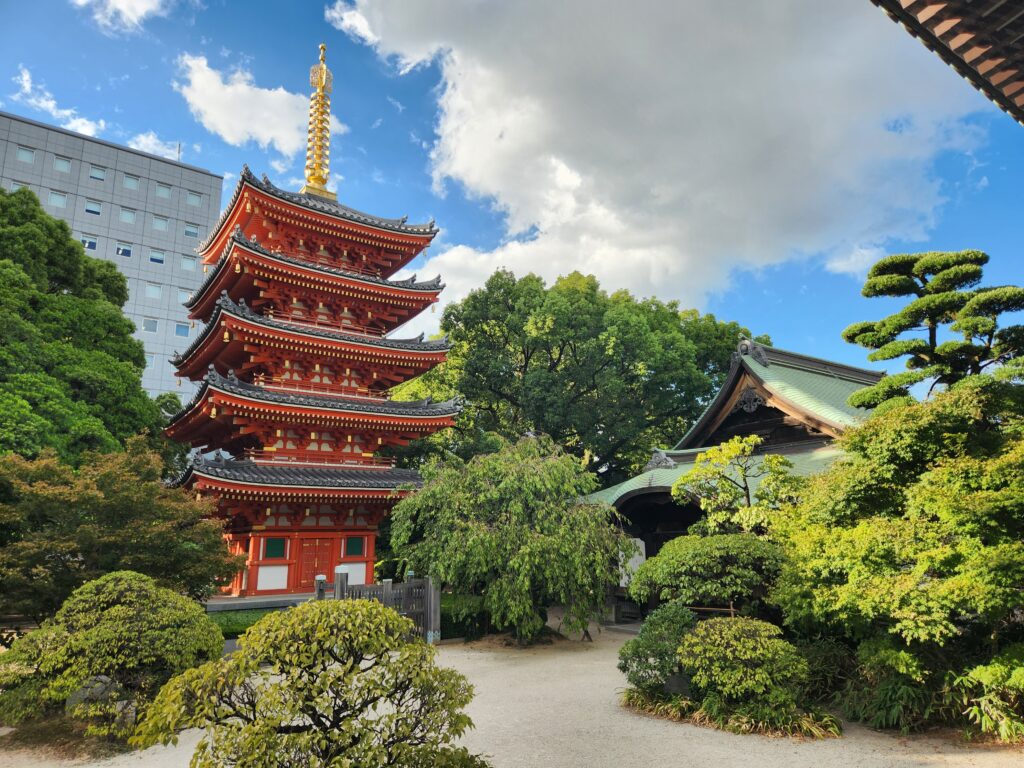
Nagasaki – If you go to Japan, I think it’s really important to visit Hiroshima or Nagasaki. (Interesting fact: Nagasaki’s plutonium bomb had greater explosive power than Hiroshima’s uranium bomb, but caused less damage and fewer deaths due to Nagasaki’s terrain, which prevented the radiation from spreading as far.) Nagasaki is off the beaten path as far as the number of tourists goes. Start at Peace Park to see all the memorial statues, then head to the Hypocenter Monument, then to the museum. After that, check out the Nagasaki National Peace Memorial Hall, a serene, beautiful work of architecture that opened in 2002. Famous foods: Sara udon (plate udon — soooooo good! I went to 山東省, “Santoushou,” a great hole-in-the wall near the park) and castella, a cake brought by the Portuguese a few hundred years ago. I have more to say, so if you want more of my journey, reach out and let’s plan a trip together!
